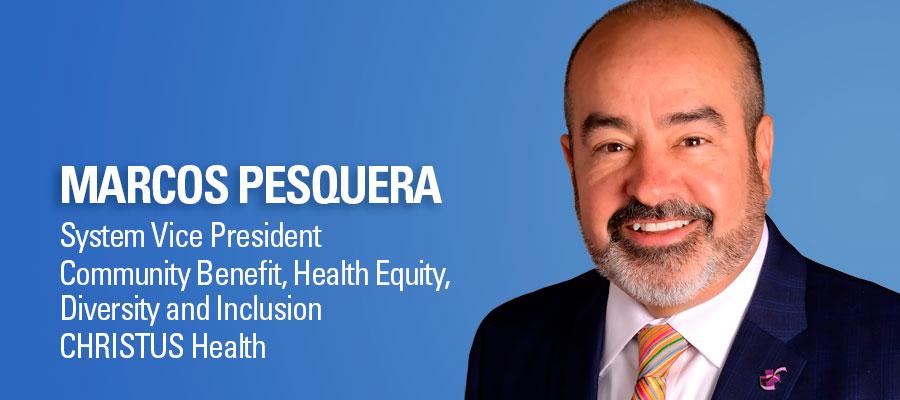Being Intentional about Health Equity — in Everything We Do

Improving community health to advance health equity is a journey. And like many journeys, this is one that is better taken with partners.
For over 10 years, the field has come together and celebrated Community Health Improvement Week and the cross-sector partnerships we’ve formed. The past year and a half these partnerships have been particularly vital. The COVID-19 pandemic illuminated health disparities, and the renewed calls for social justice and dismantling structural racism have moved front and center to our community health improvement work this past year.
So where do we go from here? While this is a journey many of us have been on for years, it is important to pause, reflect and then renew our commitment to community health improvement and, ultimately, health equity. It is important to ask ourselves what specific actions we want to take to ensure we are moving forward in this work in an equitable and sustainable fashion.
Earlier this year, I had the pleasure of moderating a panel at the Accelerating Health Equity Virtual Conference, asking my peers similar questions about how we understand community assets and needs, including the community health needs assessment process. As awareness of the societal factors that influence health has increased, so too has awareness of and the evolving role the CHNA process can play going forward. During the panel discussion, leaders from Chicago-based CommonSpirit Health, Trinity Health, based in Livonia, Mich., and Cleveland-based University Hospitals described how they are conducting and adapting their community assessment and improvement work amid a global pandemic, addressing challenges they see going forward and navigating promising paths to a more sustainable and equitable future.
Some specific actions these health systems are committing to include:
- Reviewing internal structural factors that may be inhibiting an equitable and sustainable approach. Danielle Price, director, community health engagement, at University Hospitals, shared how the health system paused and reflected on how it could structure itself differently to make a greater impact. In doing so, the health care organization is connecting three previously siloed work streams under one shared community investment vision. She encouraged session attendees to “be bold and make the changes you’ve always dreamed of implementing to foster equity.”
- Learning how to authentically engage the community and then do it consistently. Jaime Dircksen, vice president, community health and well-being, at Trinity Health, revealed how the health system spent time right before the pandemic thinking about its community engagement efforts and training on equity. She stressed that one invitation to a community partner is not enough. Rather, you have to do this over time and, consistently, “forever.” She emphasized, “This is not just a CHNA thing; this is a forever thing to make an impact in our communities.”
- Making equity explicit in the assessment process. While community health assessment has always been about equity, Michael Bilton, system director, community health/community benefit, at CommonSpirit, explained that it is important to make it a universal theme that cuts across all needs assessments. In particular, he recommended seeking more granular data on inequities and asking “why” if such data are not available.
Our journey at CHRISTUS Health has been one of inclusion. It was important for us to first look internally and identify who is not at the table. We have renewed our commitment, widened the table and now embrace our partners in communications, advocacy, treasury, strategy and human resources — to include the whole picture and not a limited perspective.
Diverse representation allows for integrating community health and health equity throughout the system. We took a similar approach working with community partners and ensured we have a shared commitment to making decisions that meet the health needs of our community.
Marcos Pesquera is the system vice president of community benefit, health equity, diversity and inclusion at CHRISTUS Health. He also serves on the AHA Population and Community Health Advisory Committee.

